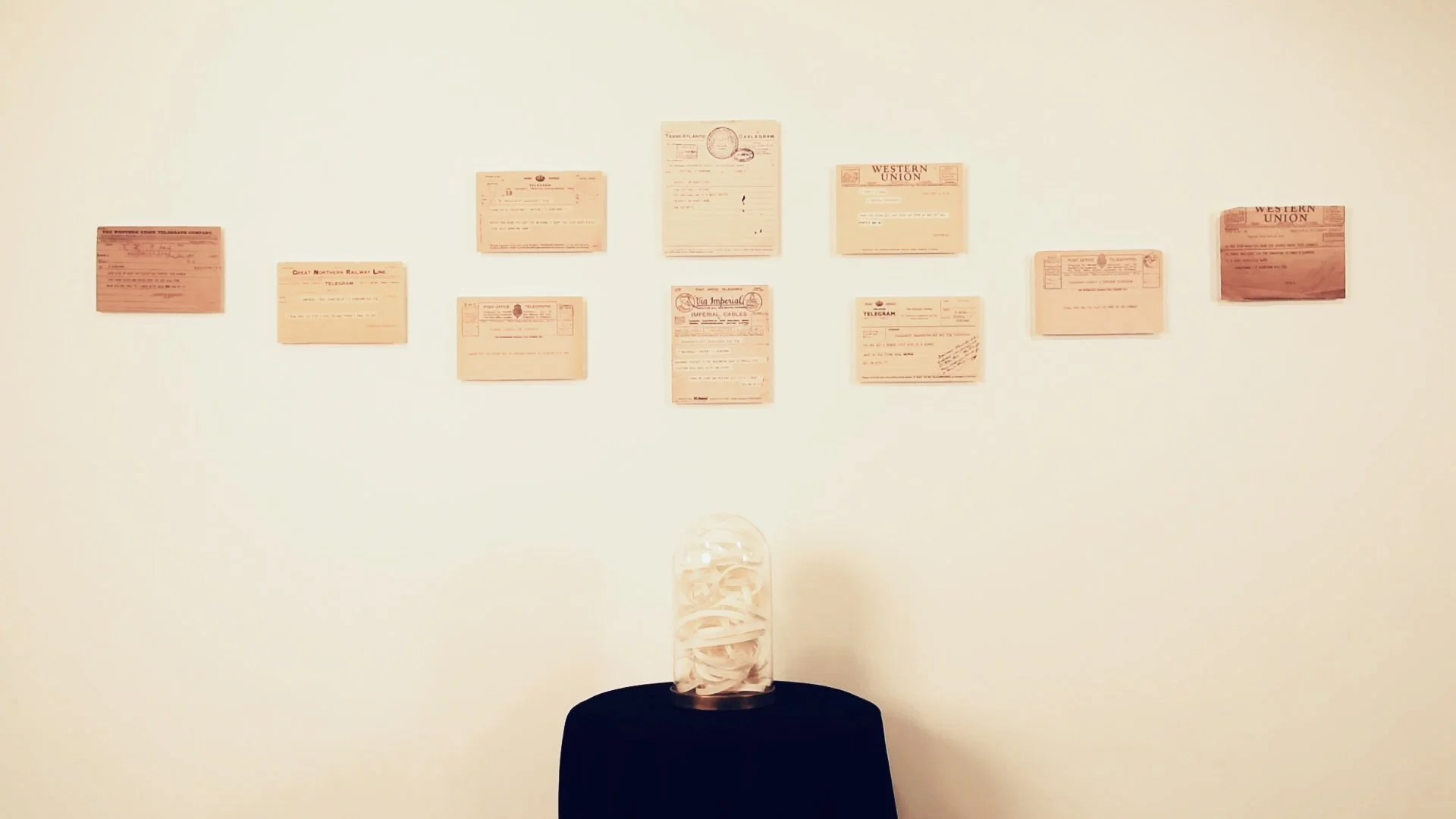spirit studies
photo by Sue Murad
Spirit Studies was a collaborative show with abstract artist and pattern designer Leila Simon Hayes. It was on view at Brick Island Studio Gallery in Boston in August 2023.
Exhibition Statement:
What happens when we give form and space to what is in the background and invite what is kept in the shadows into the light?
The work here is concerned with patterns, time and space, and tuning into inner vibrations. Compositions move from analog to digital and back again, they play with abstraction, and channel emotion. This is art that is sensitive to the unseen.
Spirit refers to the nonphysical part of a person (the soul), the qualities that define a person, a specific emotion or mood. The work in Spirit Studies engages with all these definitions to explore ways the invisible experiences of spirit might become visible.

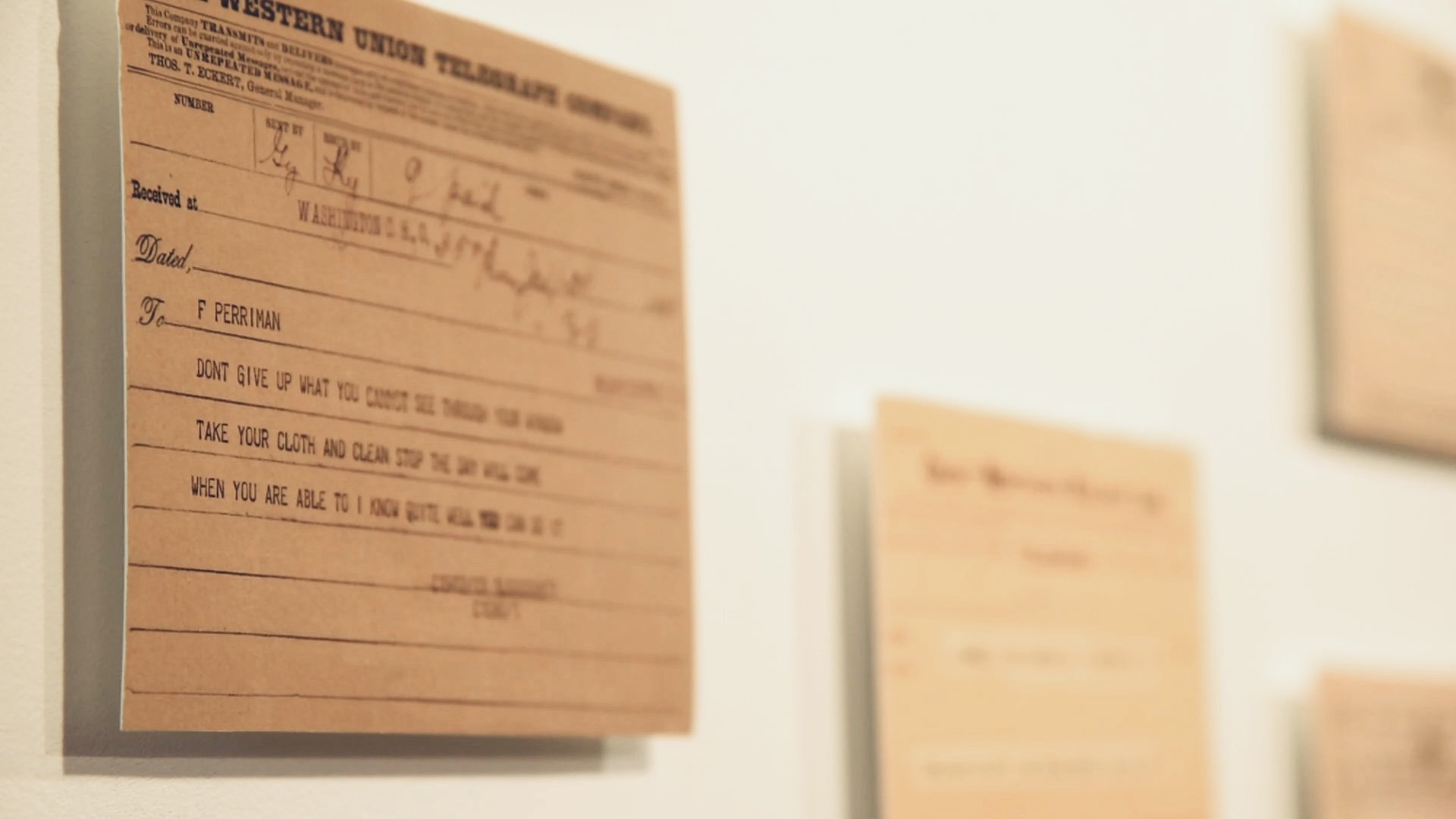
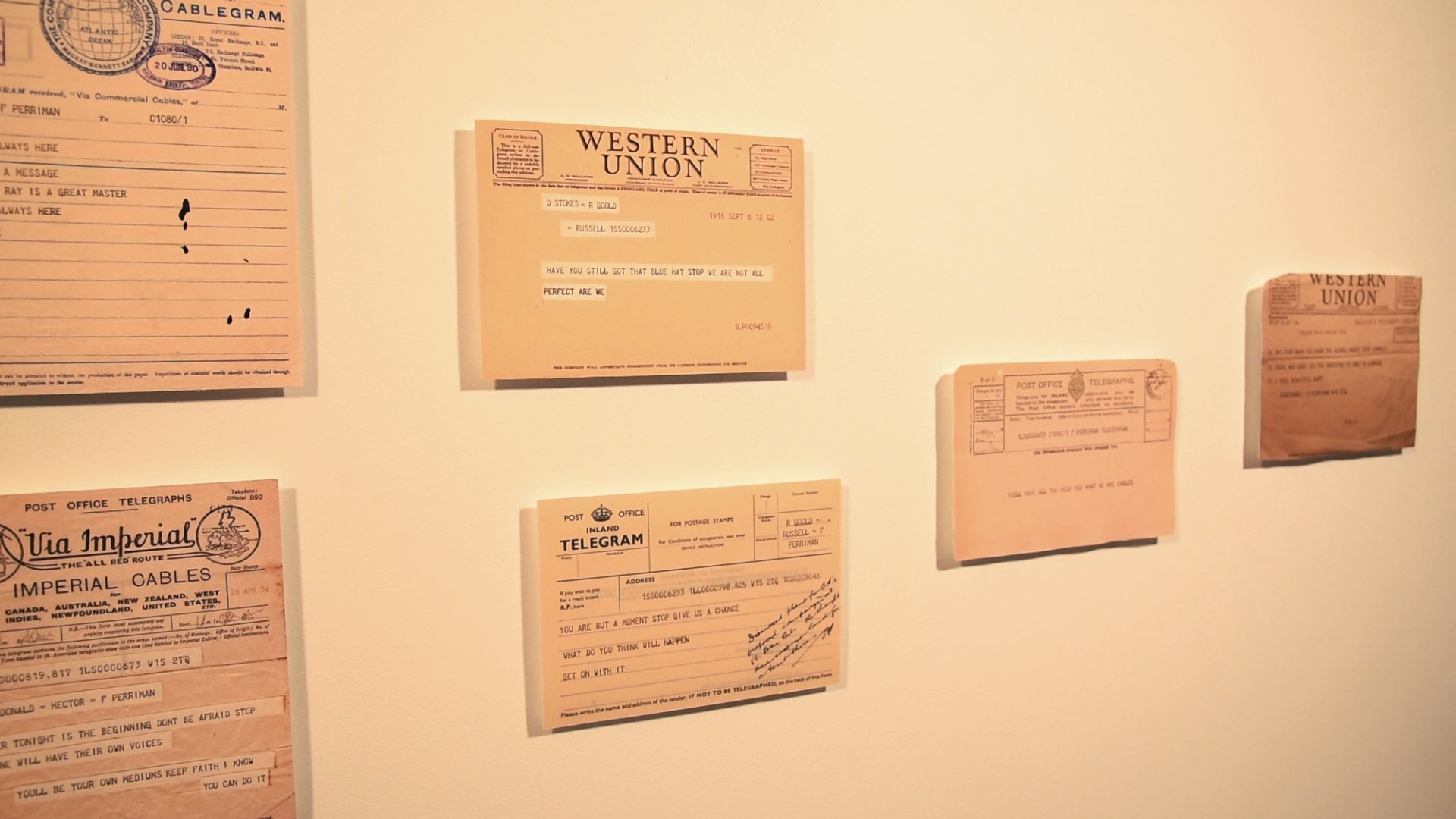
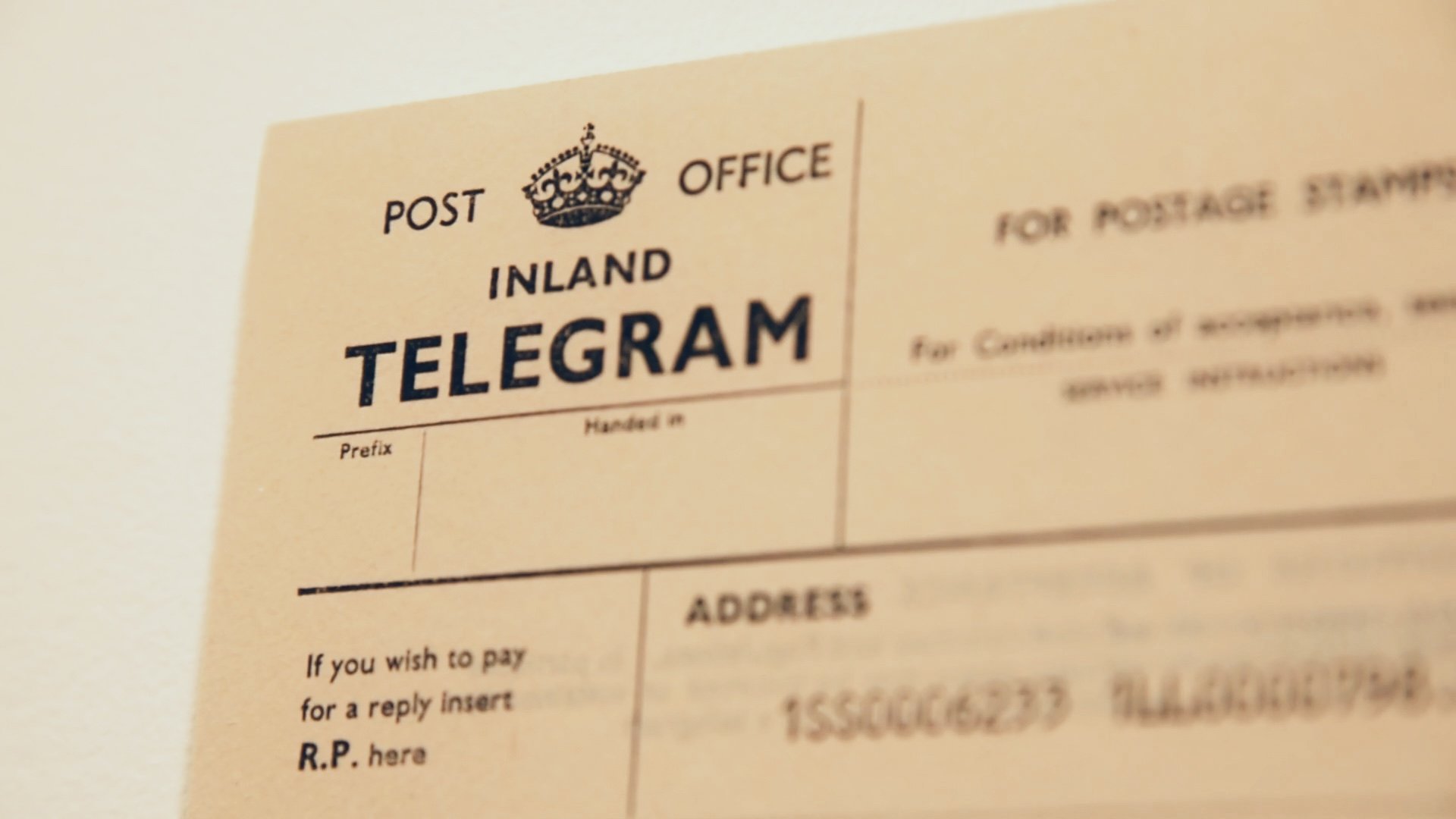
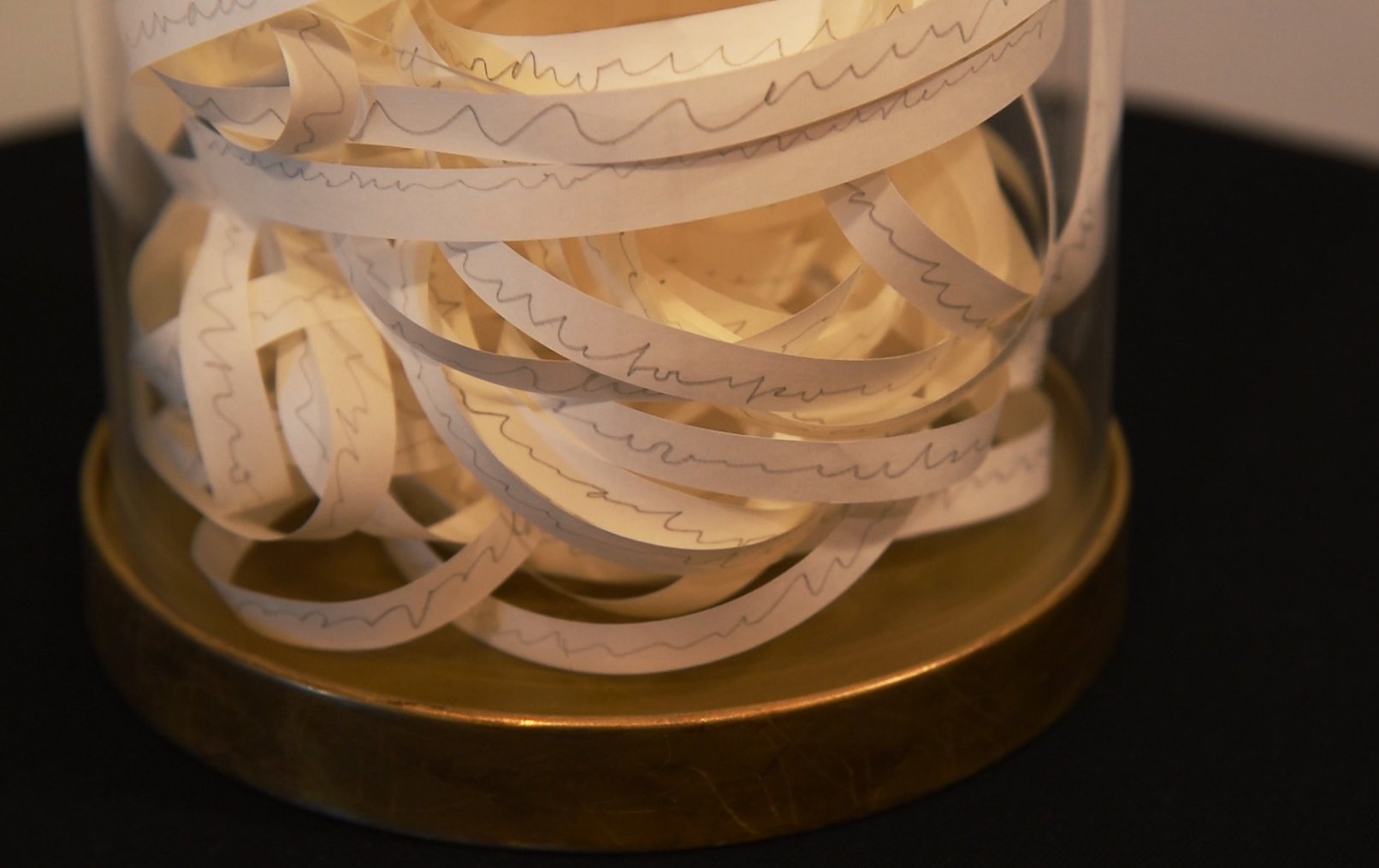
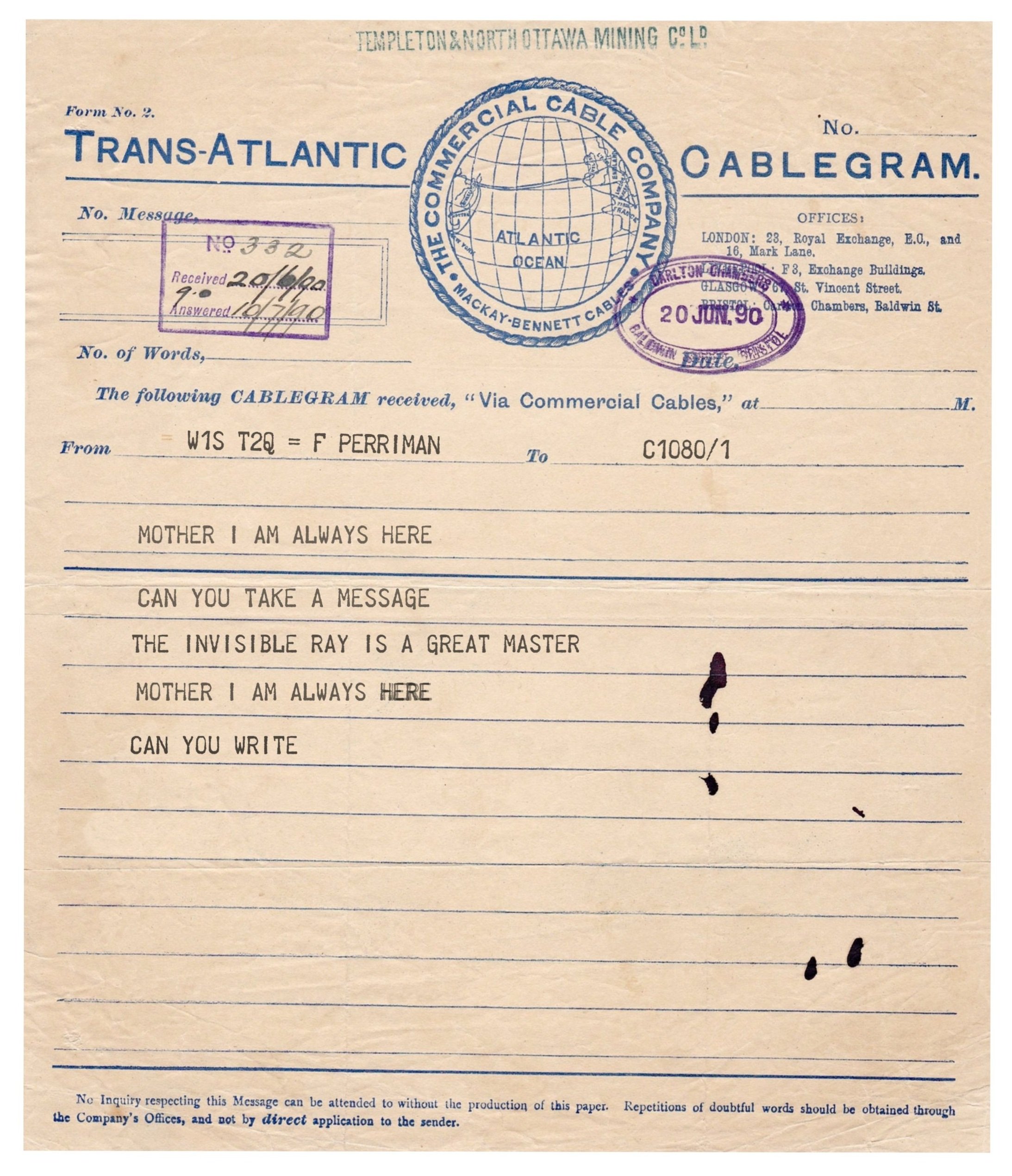



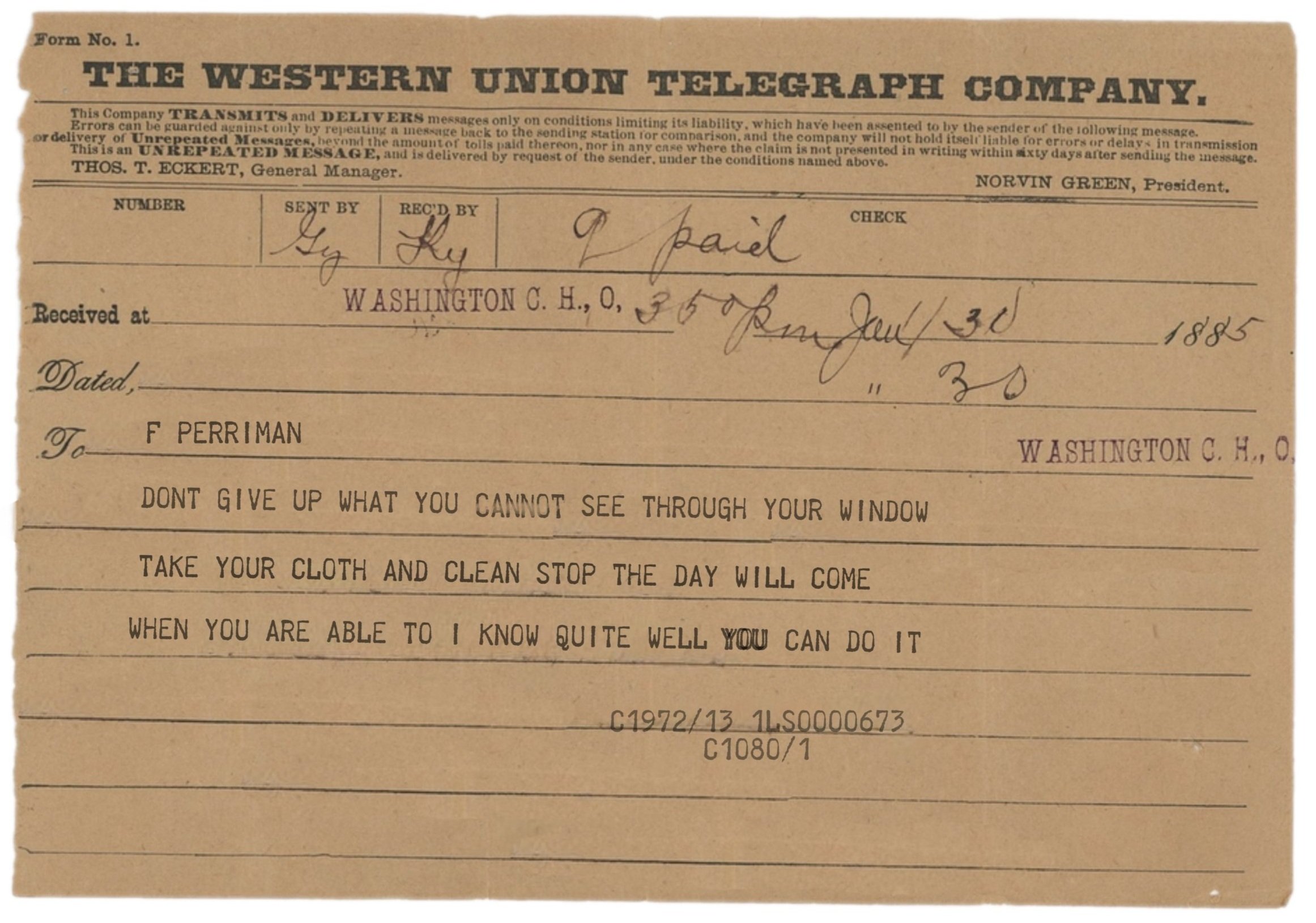
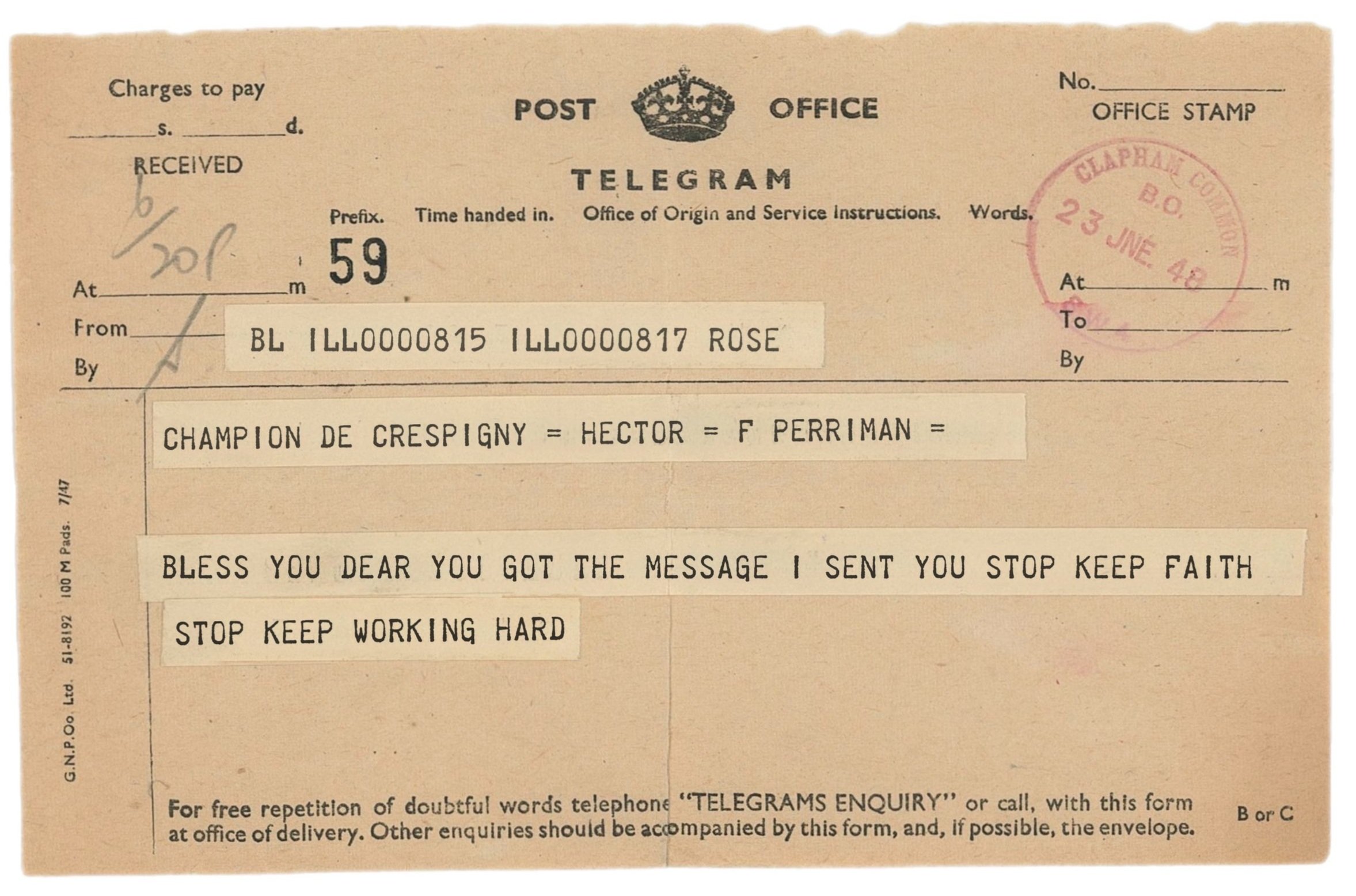

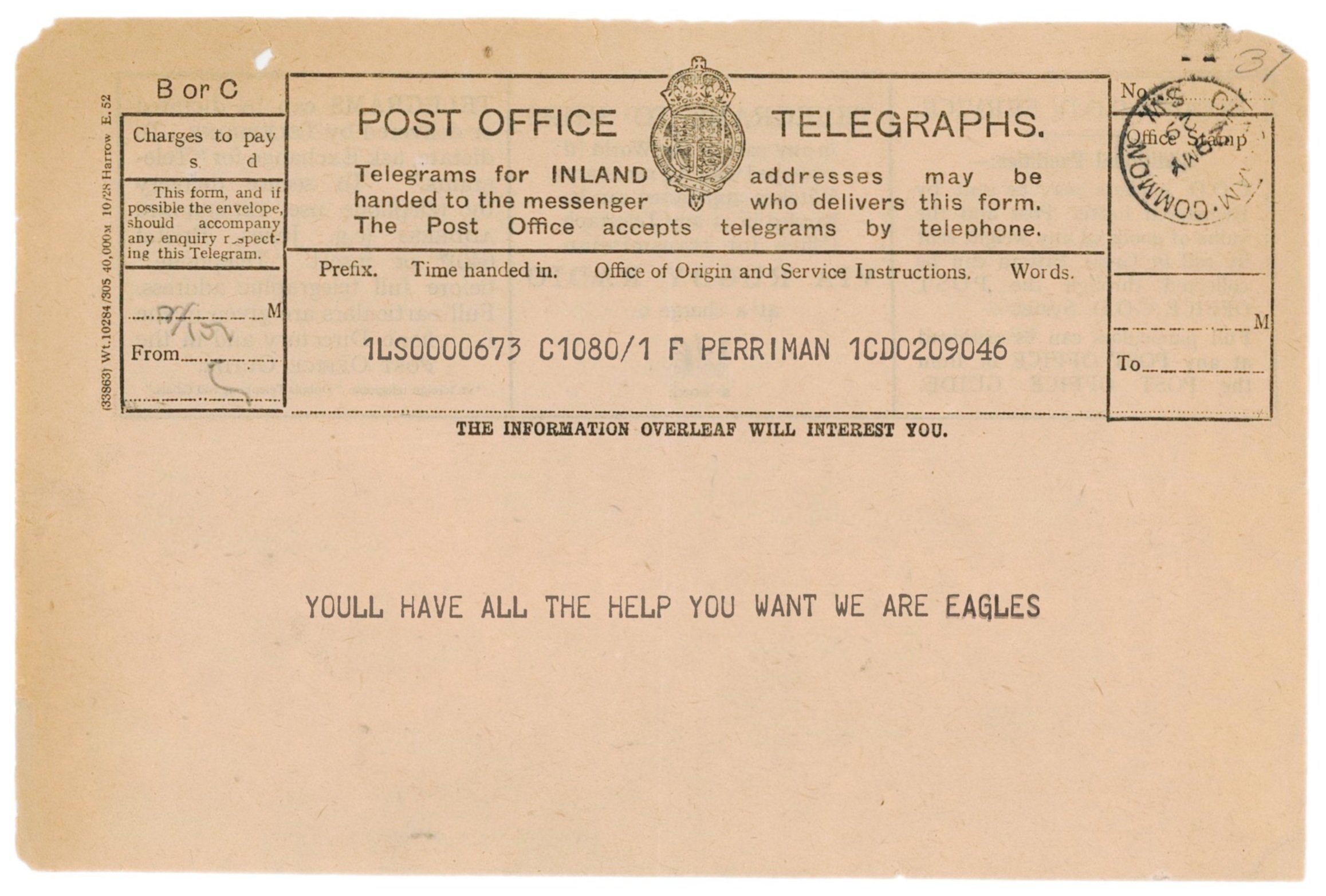

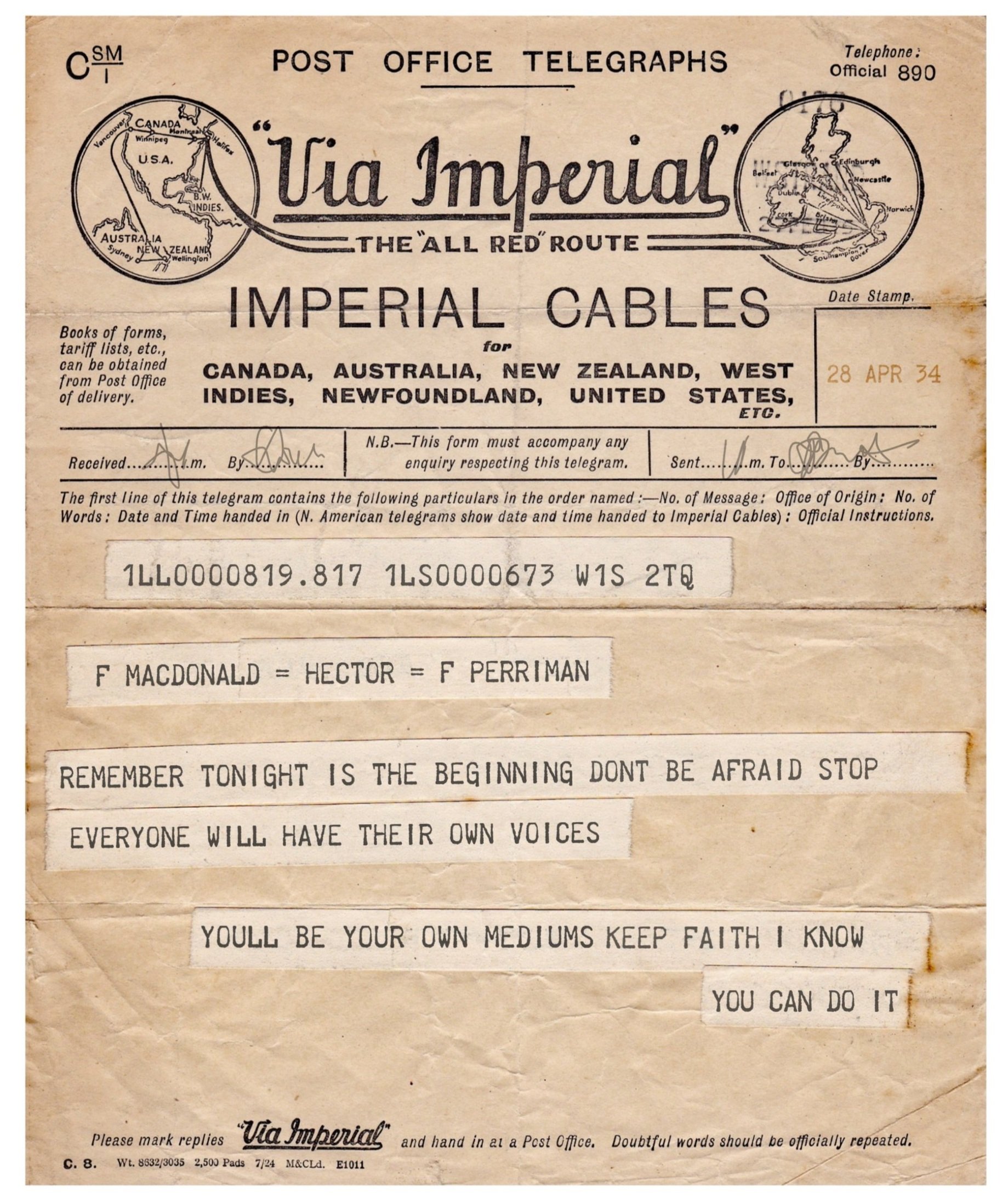


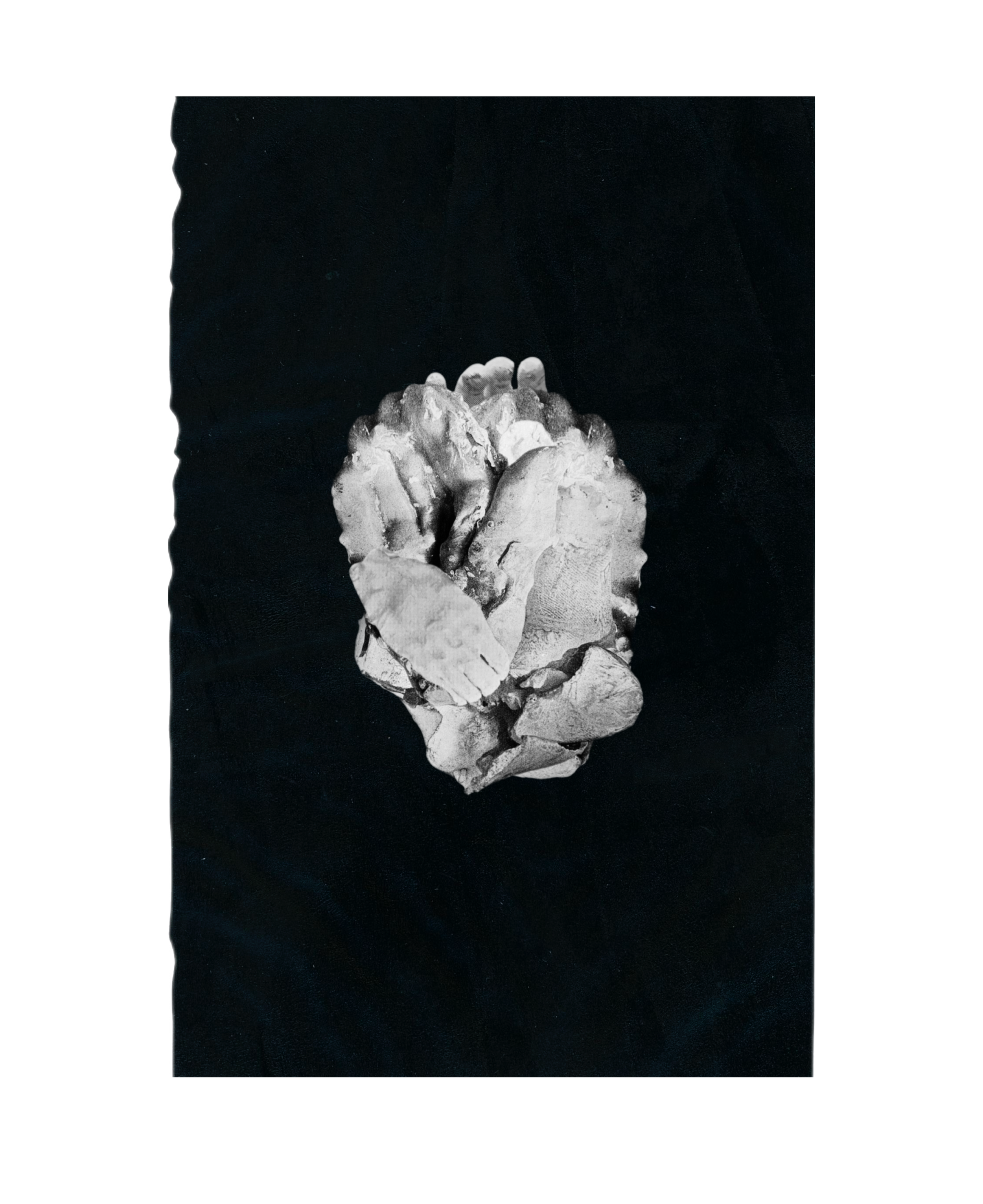
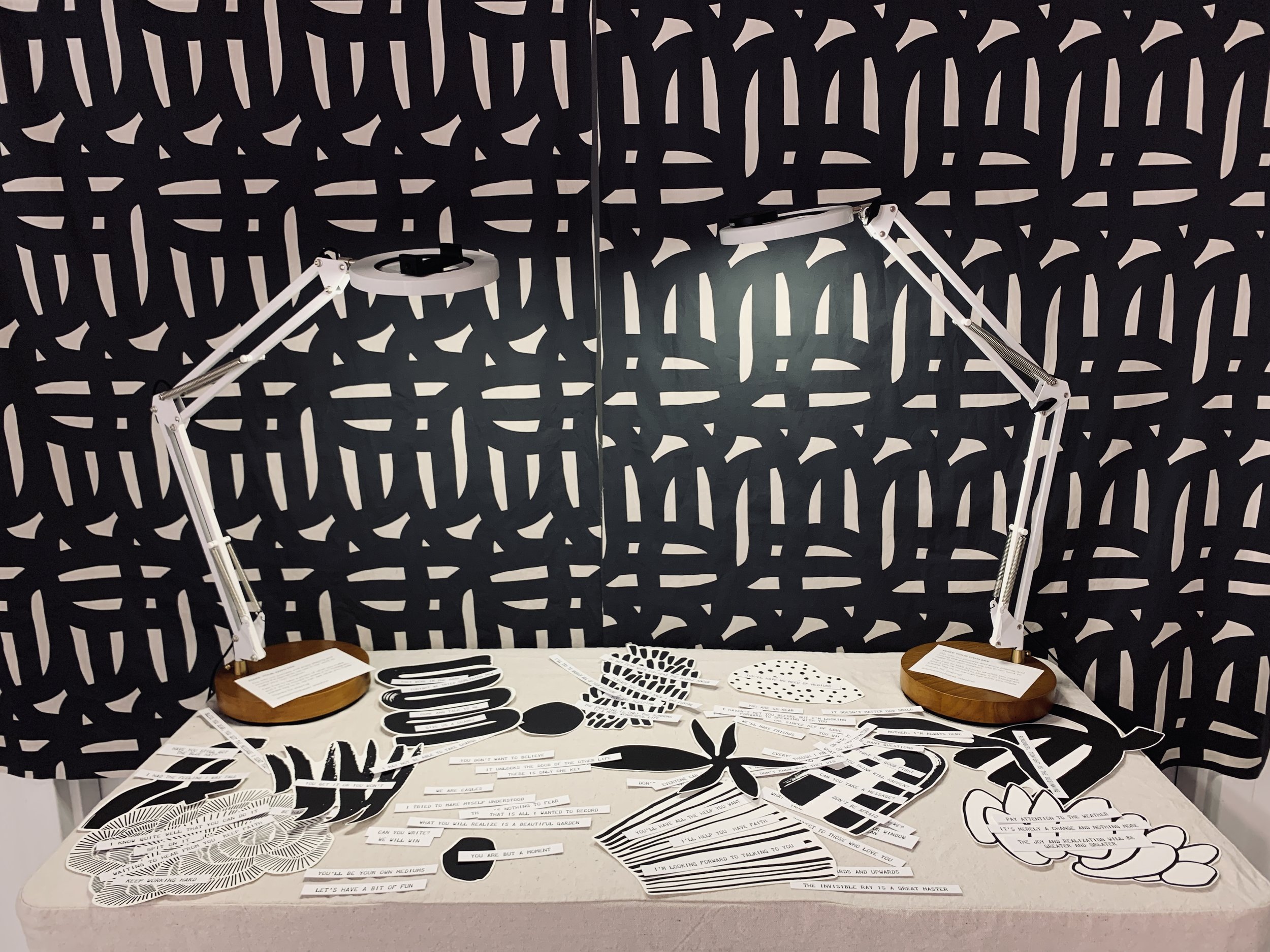

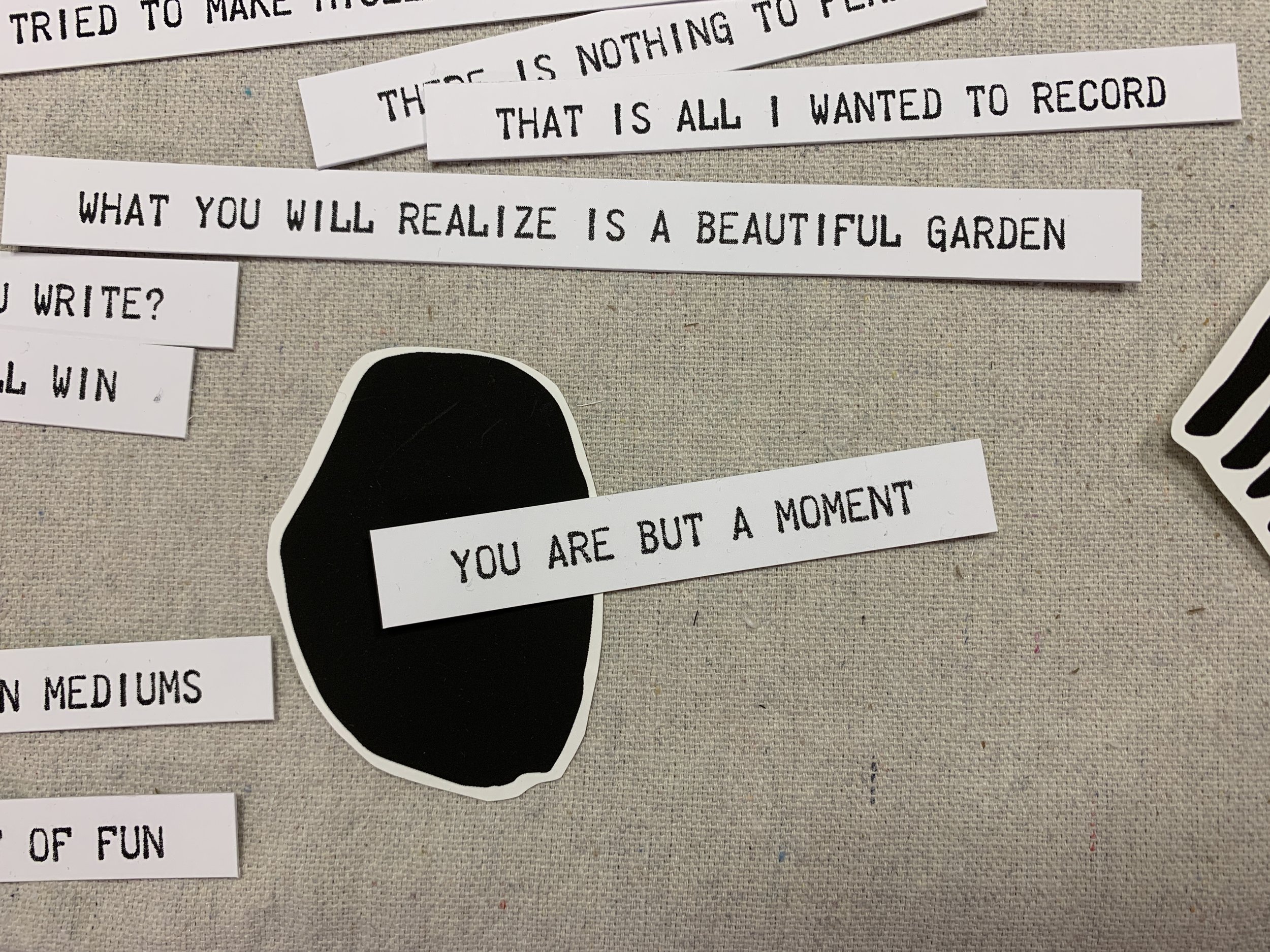


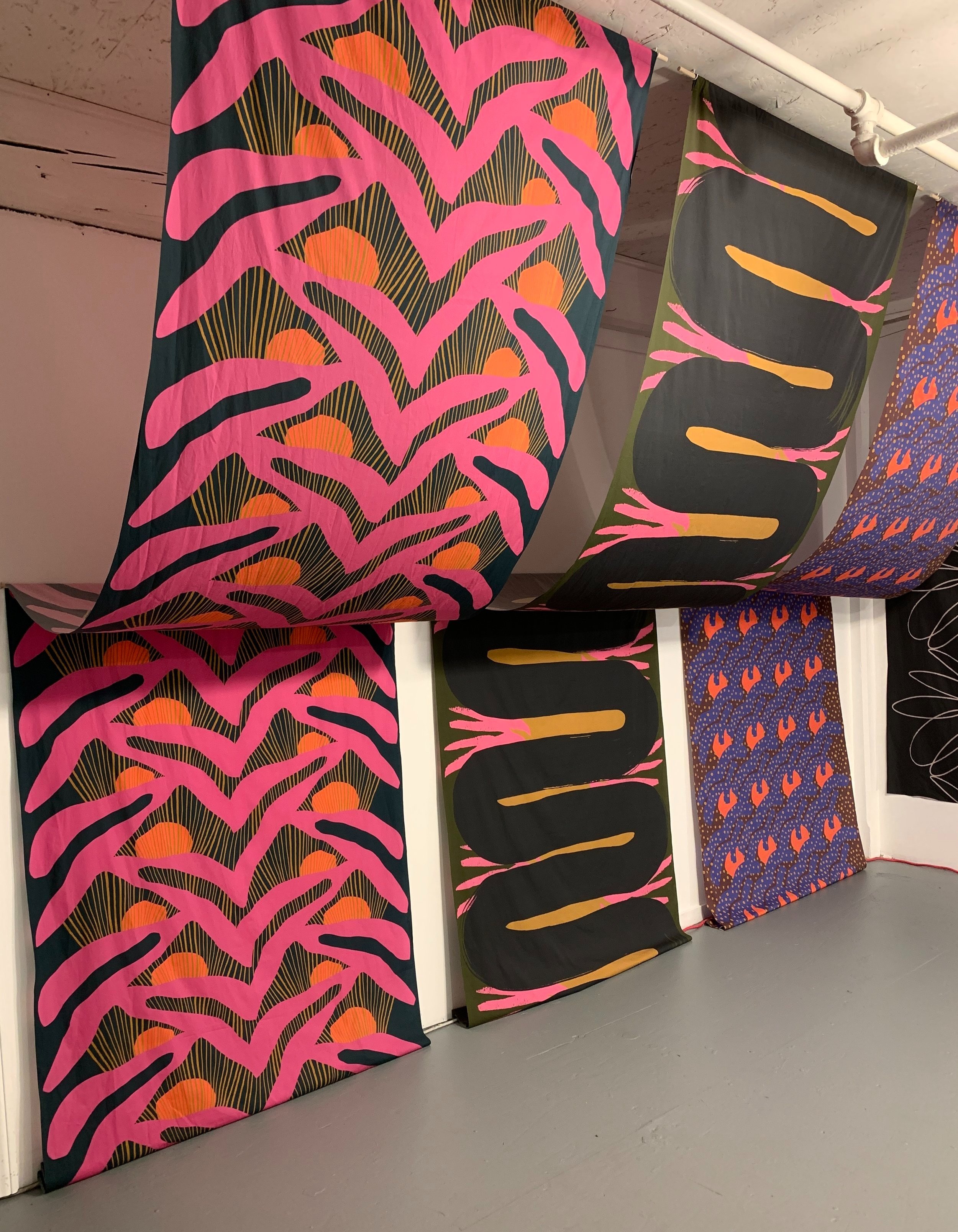
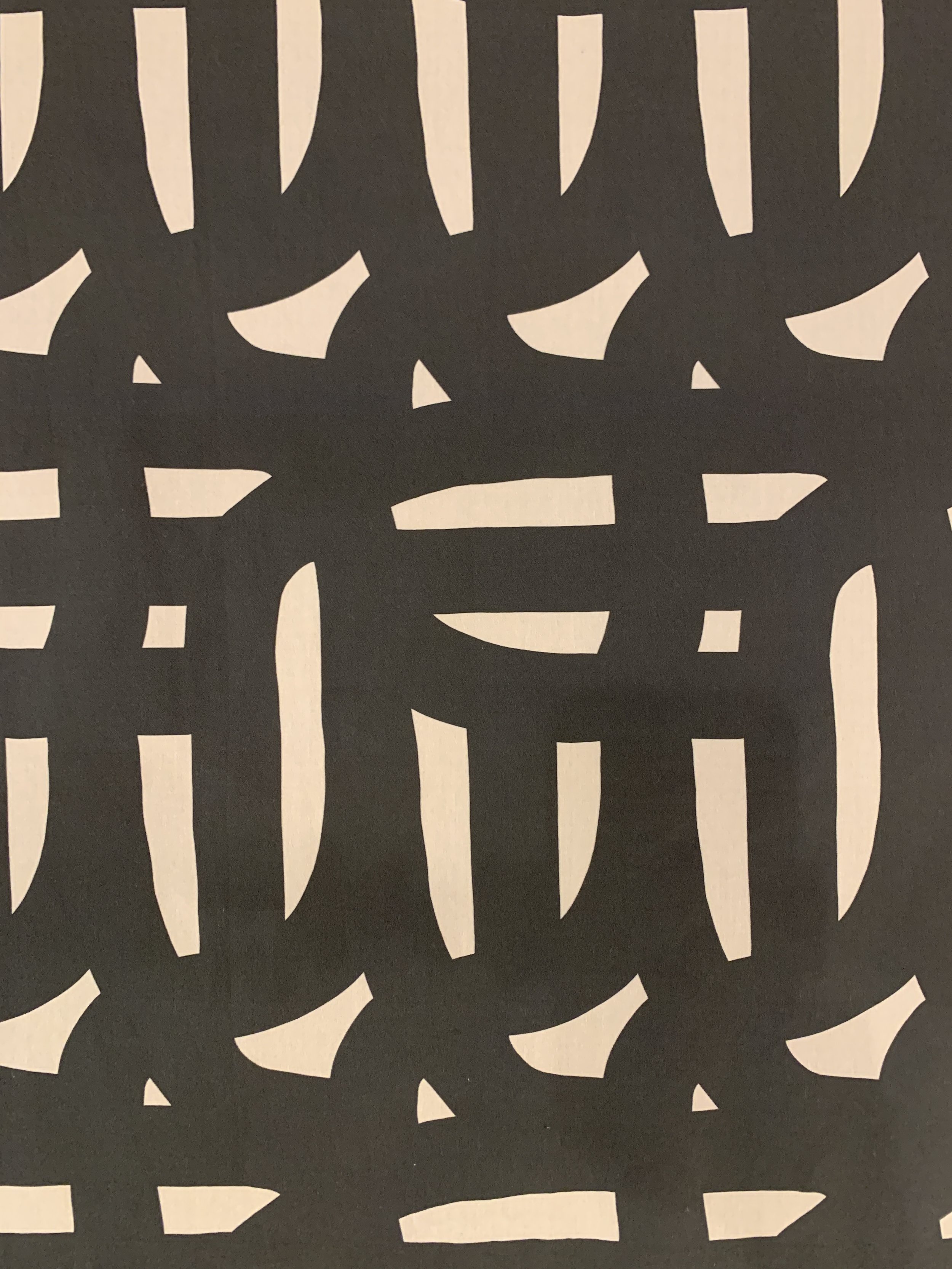
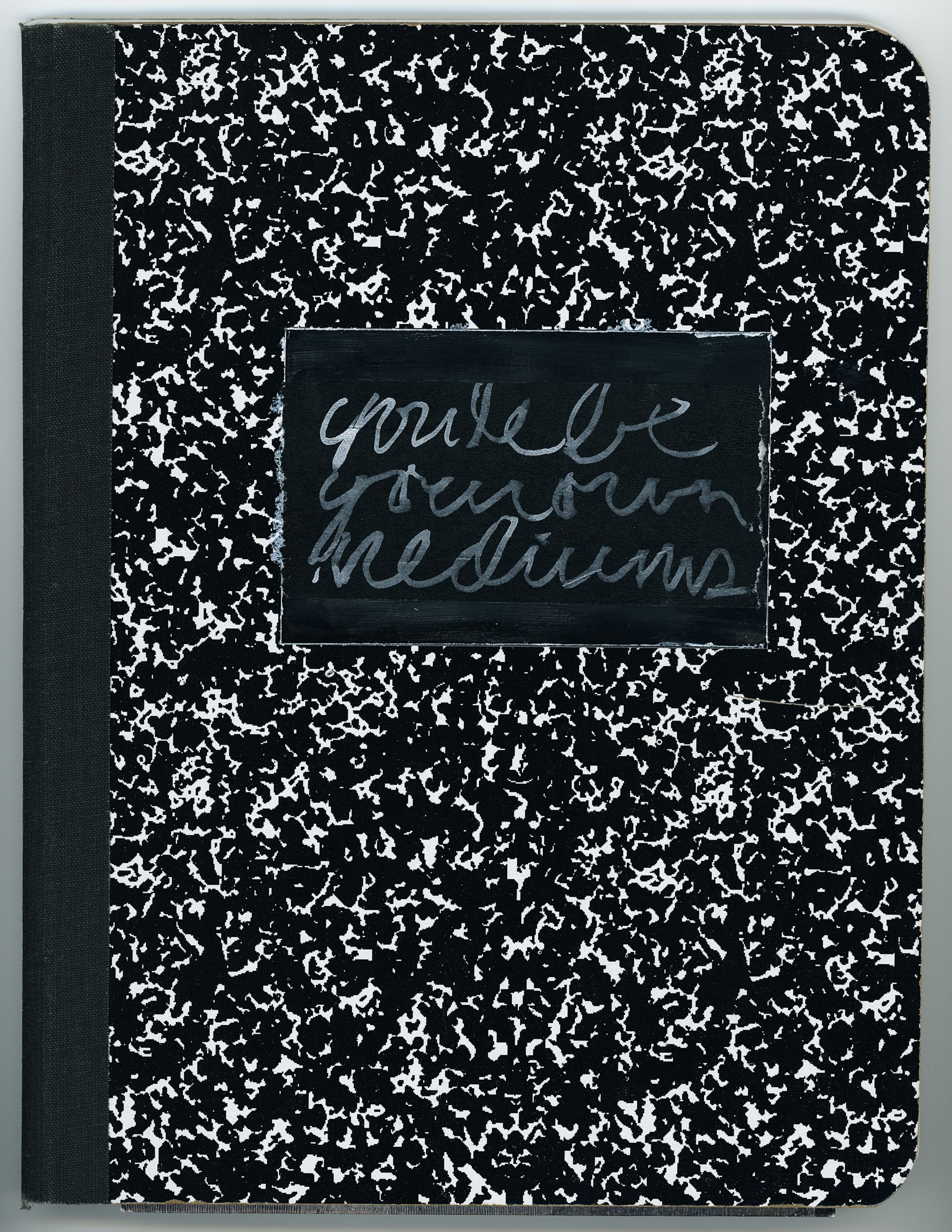

Artist Statement:
My artistic practice uses collage to express unexpected relationships between histories and ideas. These pieces reflect my latest work on the once wildly popular yet now largely forgotten religious movement called Spiritualism.
Spiritualism maintains that the soul survives physical death, and that the living can communicate with the spirit world those souls inhabit—the séance was one way this occurred. For a month I listened to and transcribed a forgotten and unstudied archive of audio recordings of Spiritualist séances from the 1930s in the holdings of The British Library, London.
While people were establishing practices to communicate with the dead, the technology of the telegraph, another practice of communicating across space and time, spread in usage. In the series “Telegraphy of the Etheric Plane,” I take transcriptions of spirit voices from the recorded séances and reimagine them as telegrams. Dominant culture has been quick to dismiss the veracity of spiritual communications yet privileged those transmitted through technological means. Can changing the material encounter with an archive shift our thinking and cultivate space for alternative accounts of experience?
In a similar vein, “Manifest” takes visual documentation of objects that appeared in séances contemporary with the recording and reimagines them as otherworldly botanicals, while “A Sitting” uses telegraph tape to record the embodied experience of listening to the recordings as a specimen.
